How to Build the Perfect Website for a Paving Contractor
(That Actually Gets Leads)
Most paving contractors have a website—but almost none of them are structured to actually bring in leads.
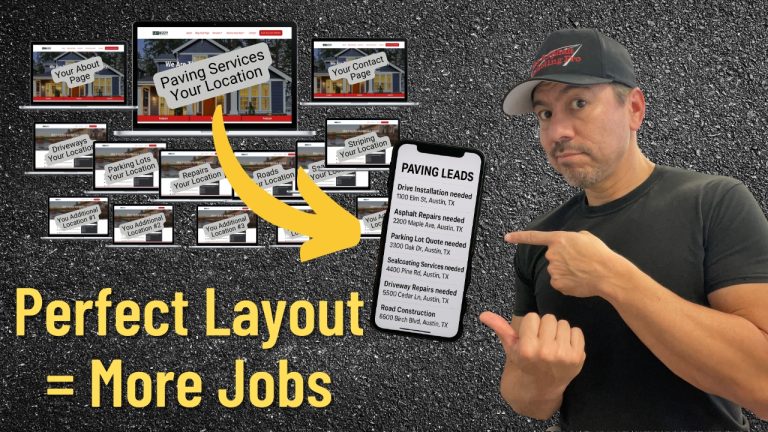
If your site doesn’t clearly show who you are, what you do, and where you do it, you’re missing out on jobs every day.
In this post, I’ll walk you through how to build a proper website for a paving contractor—a structure that gets found on Google and turns visitors into paying customers.
Why a Properly Structured Website Matters
Well, let’s go ahead and face this harsh reality.
If you’re not online, you don’t exist to a lot of people anymore.
These days, homeowners and commercial clients are pulling out their phones and typing things like asphalt paving contractor near me whenever they are in the market for anything to do with paving services.
If your website doesn’t show up—or worse, doesn’t make it obvious what you do and where you do it—you’re toast.
But when your website design for asphalt paving is done right, it becomes a 24/7 sales rep working behind the scenes.
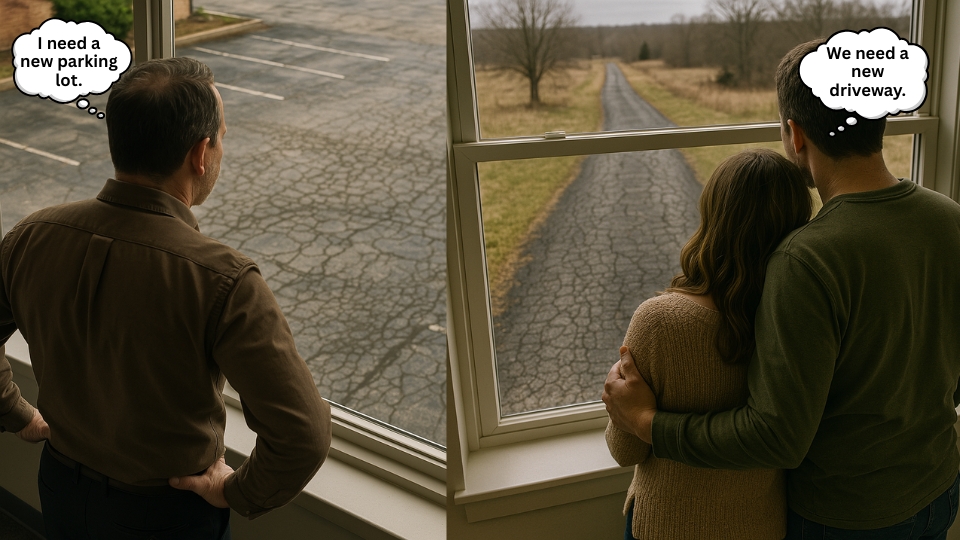
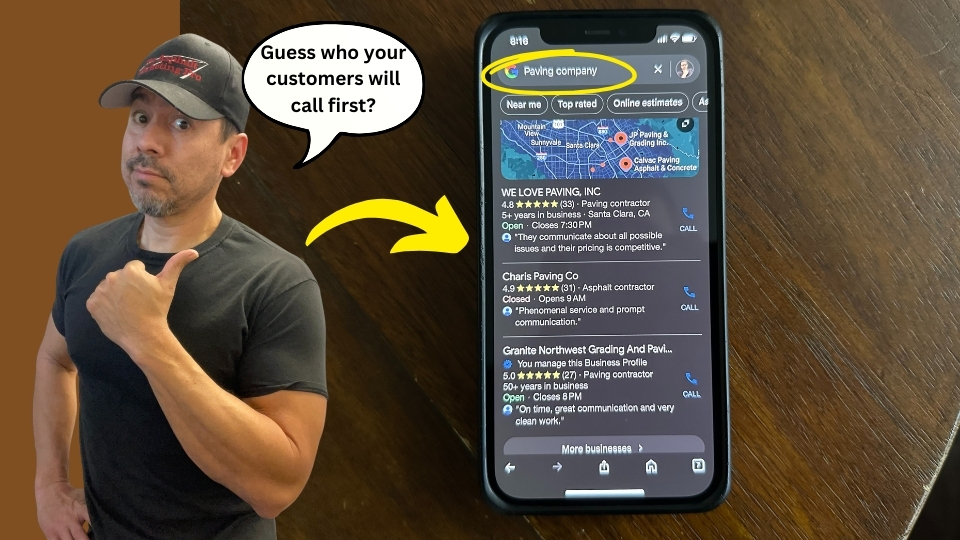
Step 1: Make It Crystal Clear What You Do and Where You Do It
Your homepage should scream exactly who you are and where you work.
No vague taglines, no stock photos of skyscrapers if you’re doing driveways.
Example:
“Professional Asphalt Paving in Reno, Nevada”
Big, bold text. Right at the top.
Make sure even grandma knows what this site is about after skimming it for two seconds.
This helps your customers and helps Google decide where to rank you.
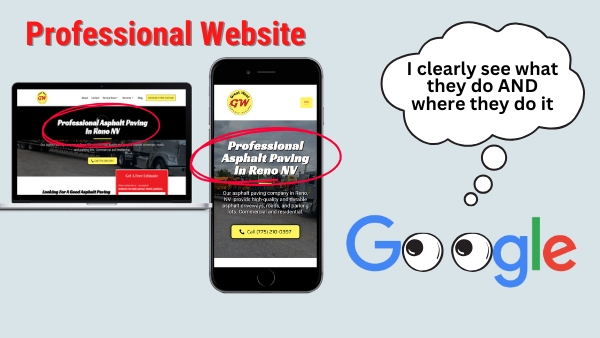
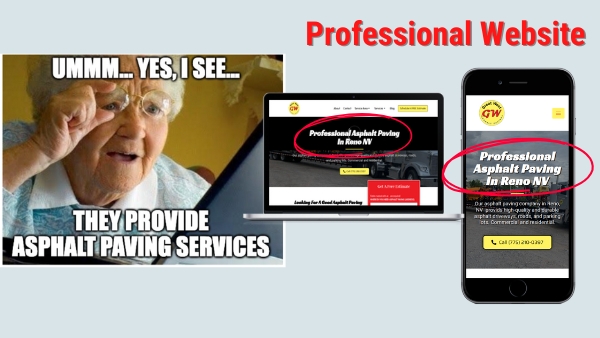
Step 2: Break Out Your Services—One Page at a Time
Don’t lump everything into a single Services page.
That’s rookie stuff.
You need separate pages for every service you offer.
That means:
Asphalt Driveway Paving
Parking Lot Paving
Sealcoating
Crack Filling
Asphalt Repairs
Striping
Each page should clearly state what the service is and where you offer it.
Bonus points if they link back to the homepage and to each other.
That internal linking helps with user experience and SEO.
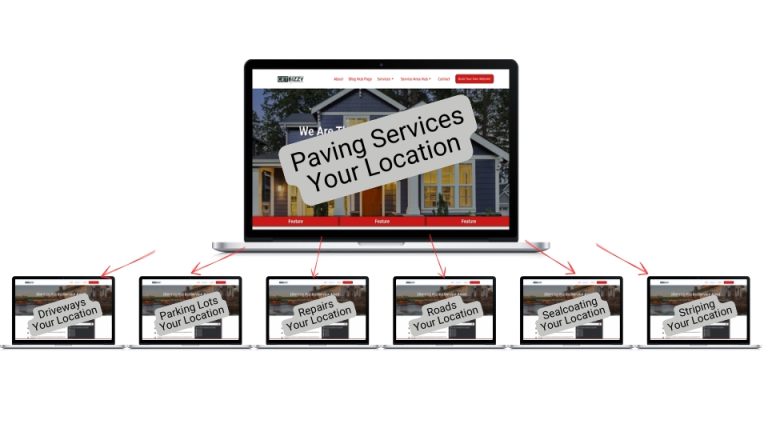
Step 3: Add an About Page and a Contact Page (Yes, Really)
Google has been crawling websites for decades.
It expects to see an About page and a Contact page. If those are missing, it gets suspicious.
Your About page doesn’t have to be fancy—just share a bit about who you are, your background, what makes your company tick.
People want to know there’s a real human behind the site.
Your Contact page should include:
Phone number
Contact form
Any licensing or insurance info you want to show off
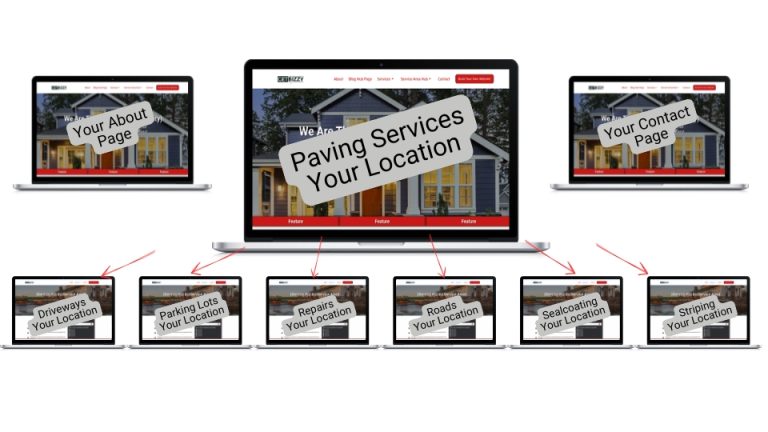
Step 4: Build Out Location Pages
This part is money.
Let’s say you’re based in Reno but also work in Sparks, Sun Valley, and Carson City.
You need dedicated pages for each of those areas.
Each location page should talk about the specific services you offer in that town.
Make it feel local.
Mention landmarks or nearby neighborhoods if it makes sense.
Start with five location pages, then add more as time goes on.
The more legit, relevant pages your site has, the more trust you earn from Google.
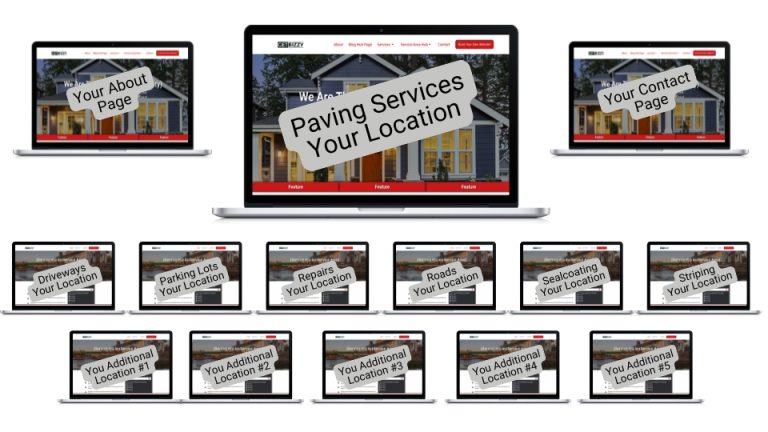
Step 5: Add a Blog Hub (Yes, Even for Asphalt)
If you really want to stand out, create a blog.
Think of it as a Q&A zone for the stuff your customers always ask.
Example posts:
“Asphalt Overlay vs. Resurfacing—What’s the Difference?”
“How Long Does Sealcoating Last in Nevada’s Climate?”
“What to Expect During a Driveway Paving Project”
These articles don’t just educate your visitors—they give Google even more content to crawl and more reasons to rank your site higher.
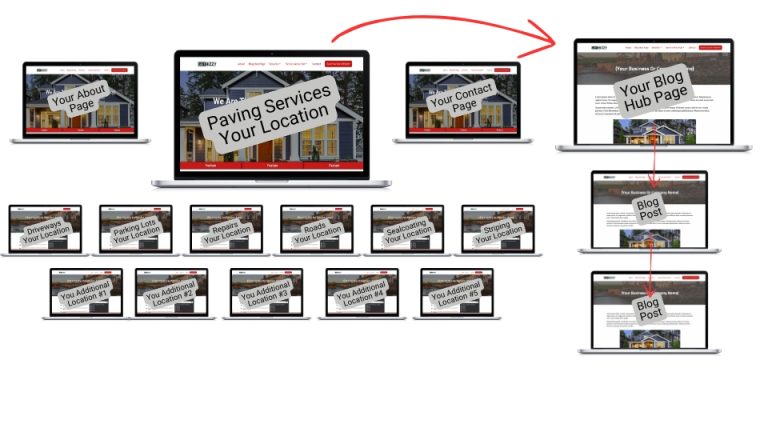
Step 6: Connect It All to Your Google Business Profile
Once the site is dialed in, connect it to your Google Business Profile.
Here’s what happens: Google reads your site, sees all those pages about your services and locations, and matches that with what people are searching for on their phones.
If someone in Sparks types “asphalt driveway contractor,” and you’ve got a page for that exact service in Sparks, guess who’s popping up?
Yup. You.
And when that happens, it pushes both your website and your Google Business Profile to the top.
That’s where the leads live.
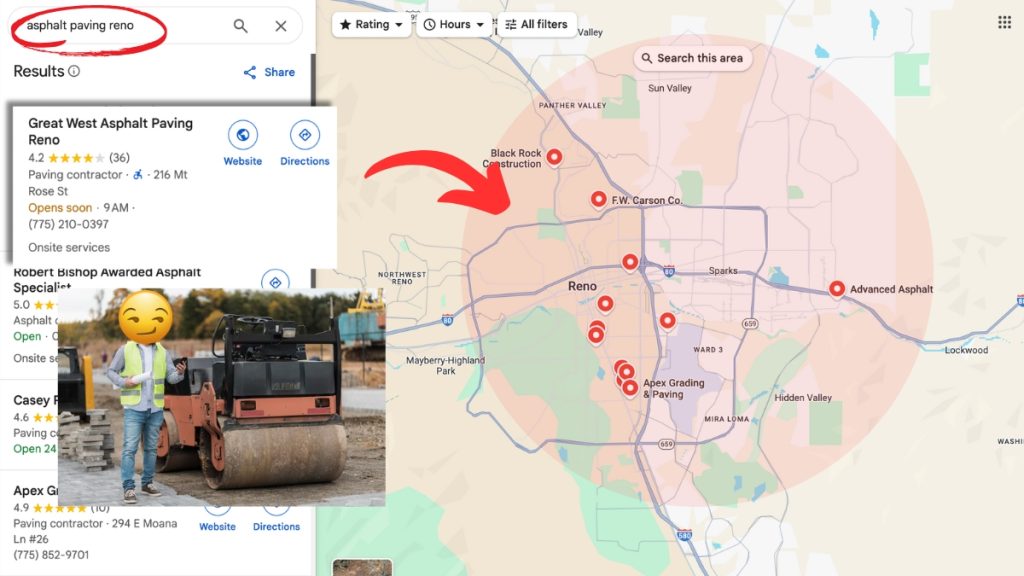
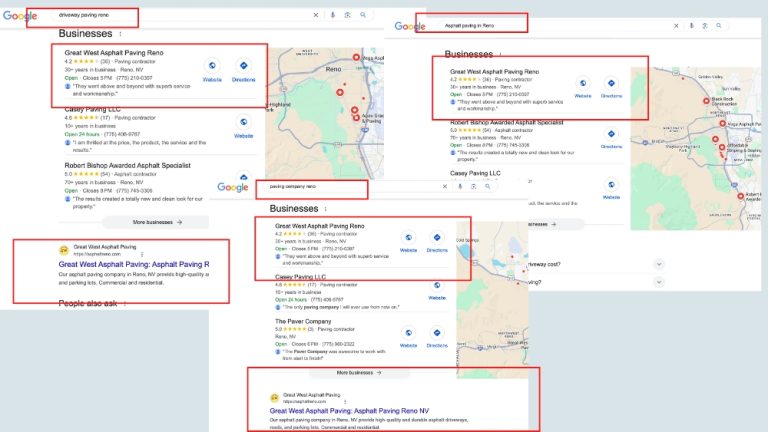
Recap: What Every Paving Company Website Needs
Here’s the minimum setup I recommend:
✅ A clear, local-focused homepage
✅ A page for each service you offer
✅ A page for each major town you serve
✅ An About page
✅ A Contact page
✅ Internal links between pages
✅ A blog hub (optional but powerful)
✅ Connected to your Google Business Profile
Final Thoughts: Your Website Should Work as Hard as You Do
You’re already doing the hard work—laying asphalt, running crews, and managing jobs.
Why let your website sit around collecting digital dust?
When done right, website design for paving companies isn’t just about looking good.
It’s about getting in front of the right people at the right time—people actively searching for the exact services you offer.
Want help setting this all up or fixing your current site?
Reach out, and let’s talk.
I’ve helped dozens of paving companies get results, and I’d love to help you, too.

SCHEDULE YOUR CALL WITH US
Free 15-Minute Discovery Call
Book Using Calendar On This Page!
-
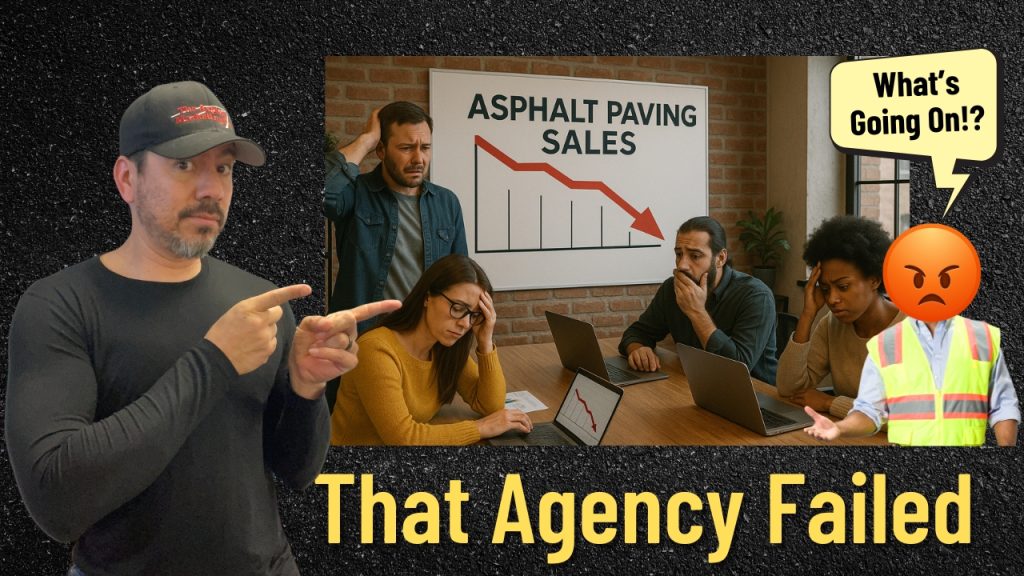 20 Apr 2025Exposing the Truth About Digital Marketing Agencies for Paving Contractors
20 Apr 2025Exposing the Truth About Digital Marketing Agencies for Paving Contractors -
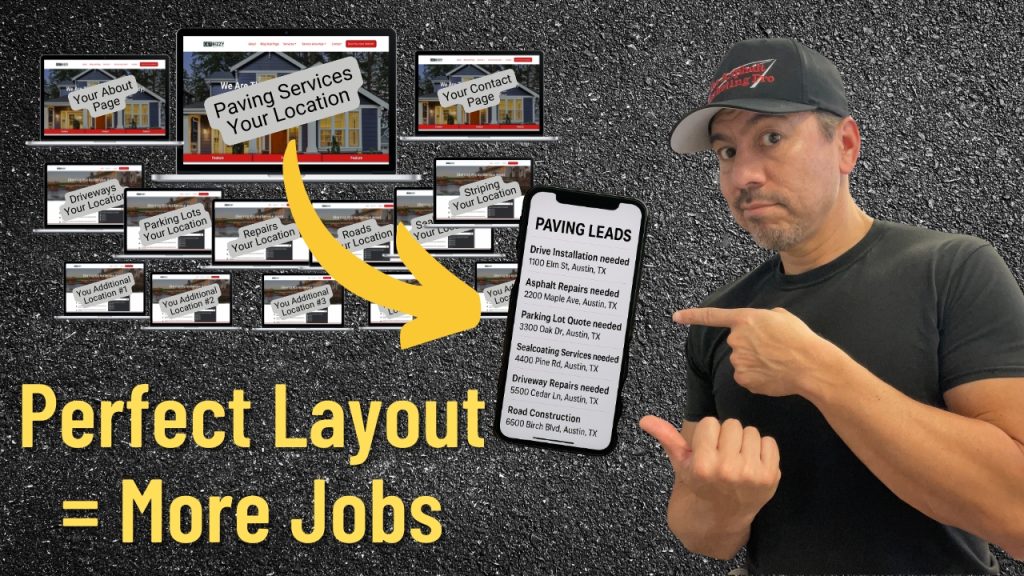 12 Apr 2025Paving Company Website Design: What to Include for Maximum Leads
12 Apr 2025Paving Company Website Design: What to Include for Maximum Leads -
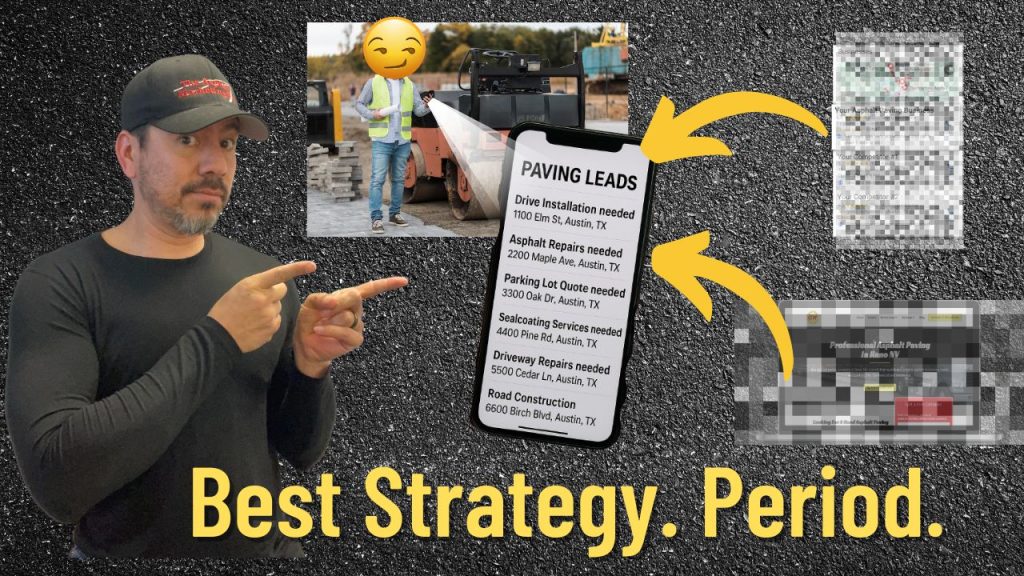 04 Apr 2025The Best Online Marketing for Paving Contractors (Hands Down)
04 Apr 2025The Best Online Marketing for Paving Contractors (Hands Down) -
 30 Mar 2025Google Is Giving Away Free Leads (But Not to You)
30 Mar 2025Google Is Giving Away Free Leads (But Not to You) -
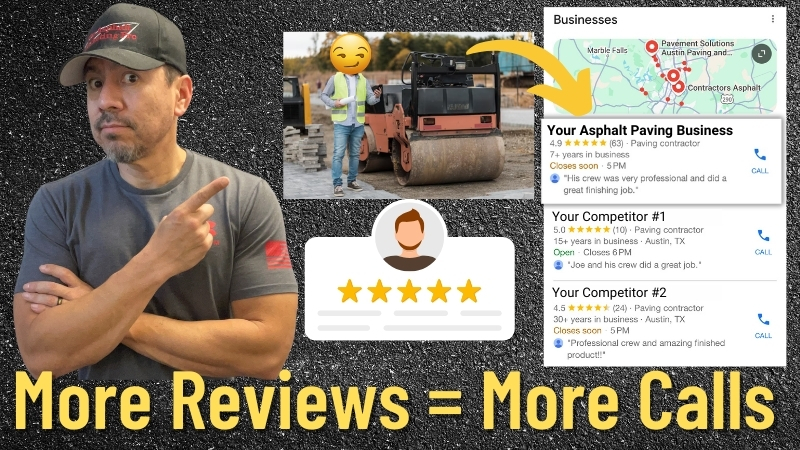 26 Mar 2025The Power of Google Reviews for Asphalt Paving Companies
26 Mar 2025The Power of Google Reviews for Asphalt Paving Companies
